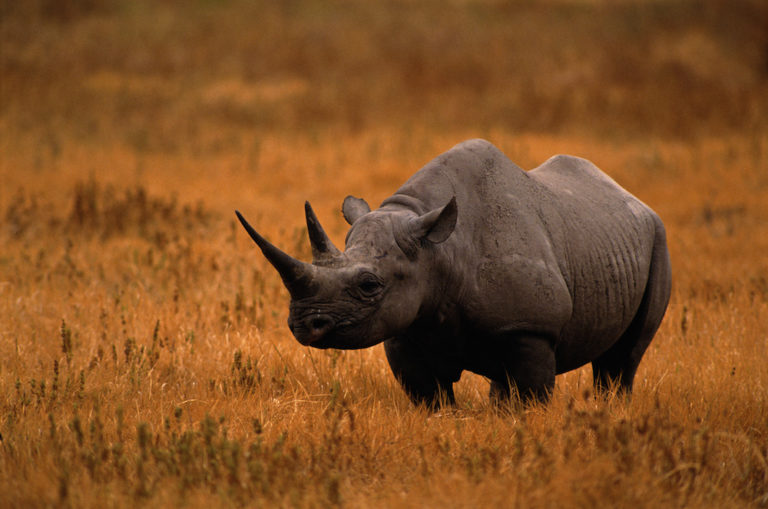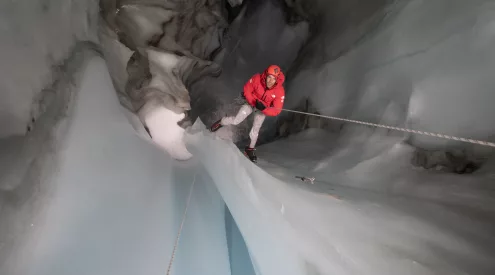‘Making these rhino horns more detectable provides a simple solution for horn tracking when they are smuggled across borders because 10 000 to 11 000 radiation detectors are installed at seaports, airports and other security checkpoints,’ said Professor James Larkin speaking to Getaway while the project was still in the research phase in 2022.


















